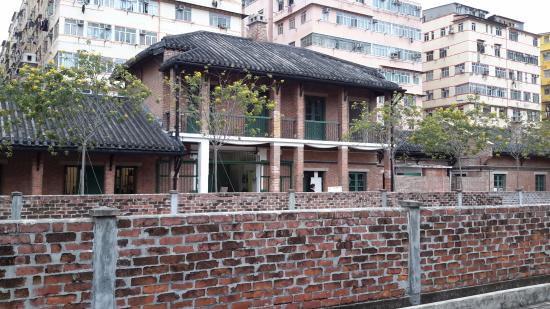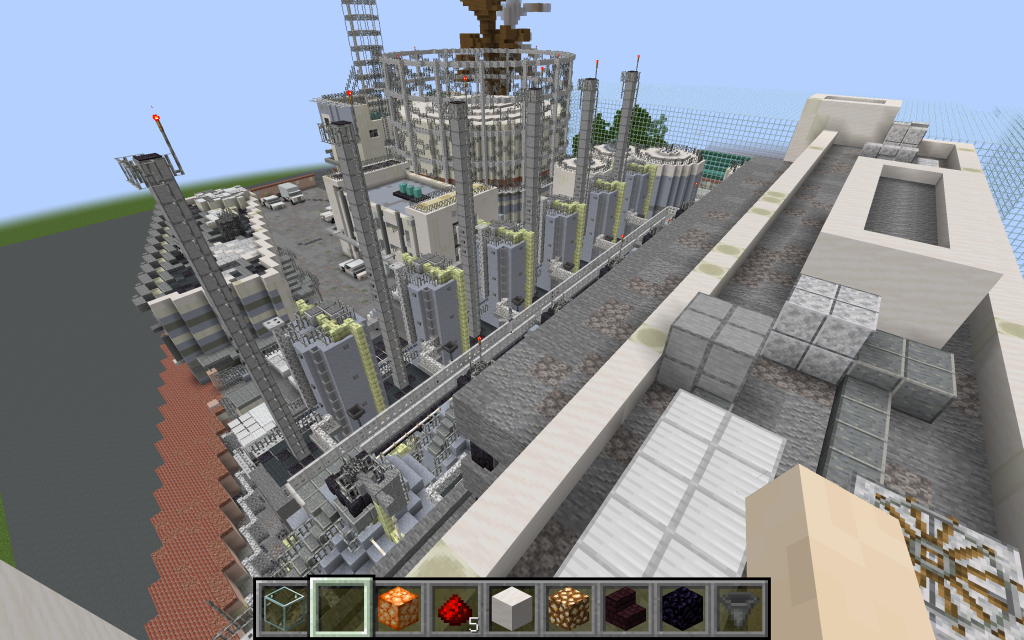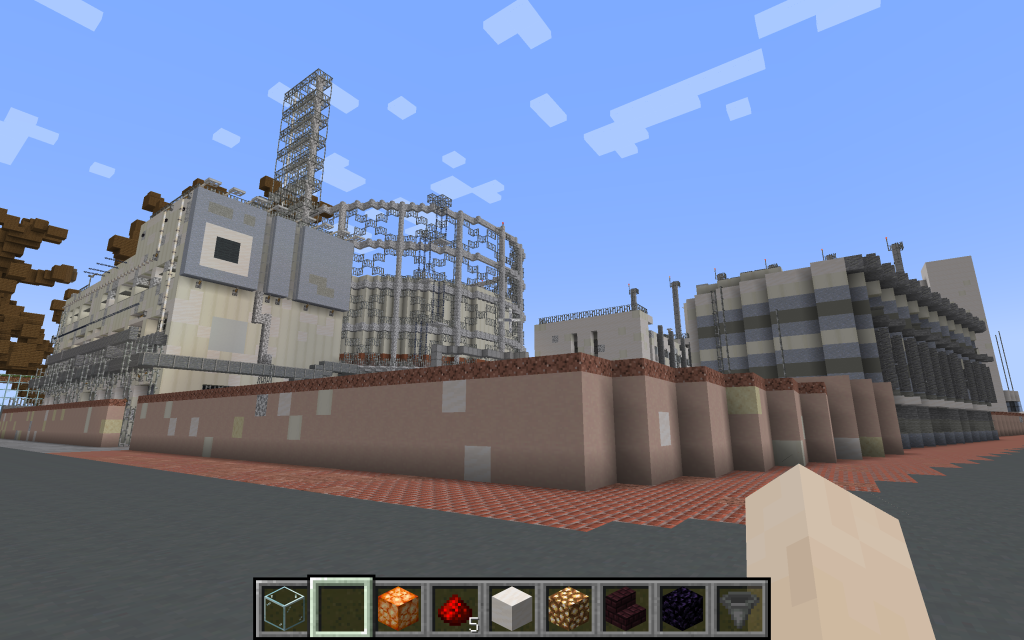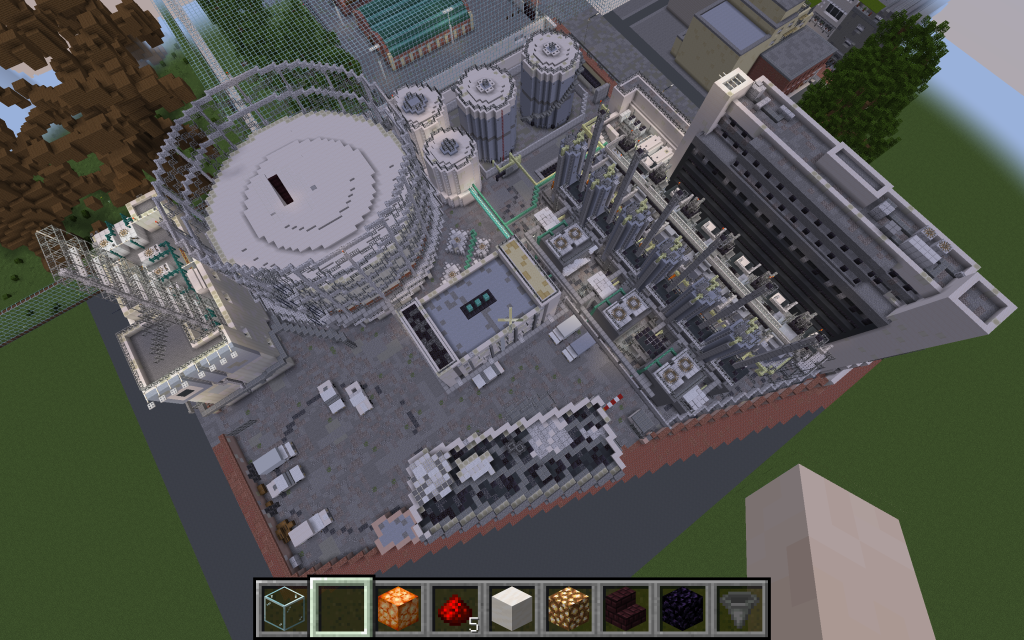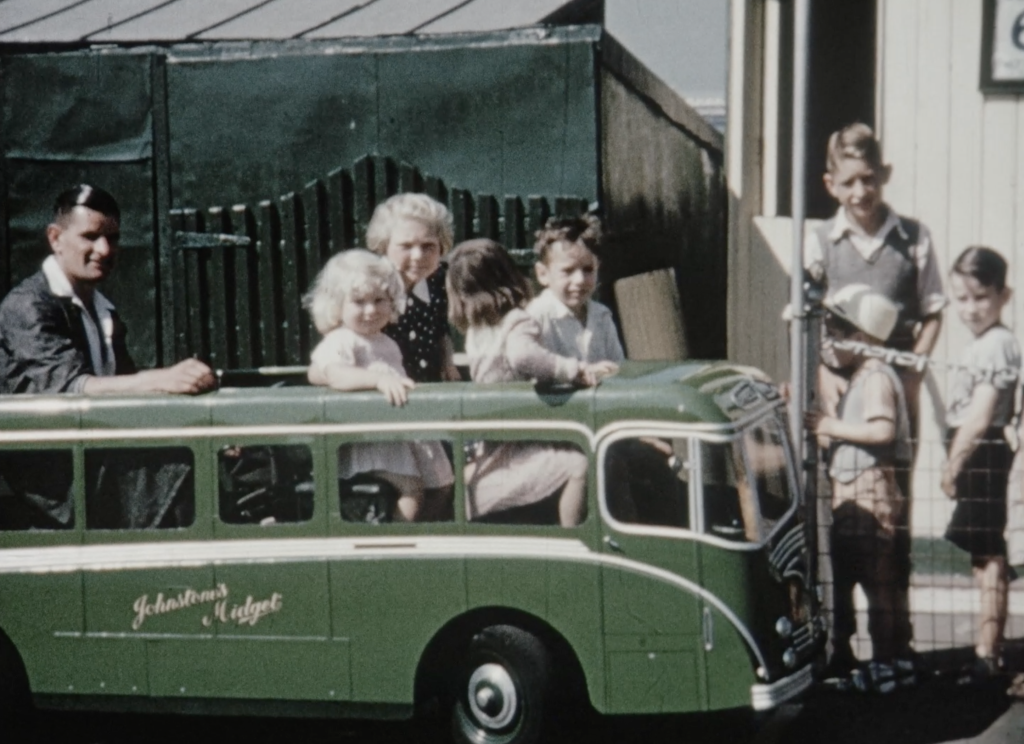
Both Sides Now 7: Simulation explores how artists are interpreting different forms of environment, from real to virtual to the spaces in between. It attempts to reconsider the evolving notion of environments and (meta)universes, via recent work by artists and filmmakers.
Through Both Sides Now 7, we examine how artists are disrupting, commenting upon, and engaging with virtual worlds, environmentalism, and the coming metaverse.
